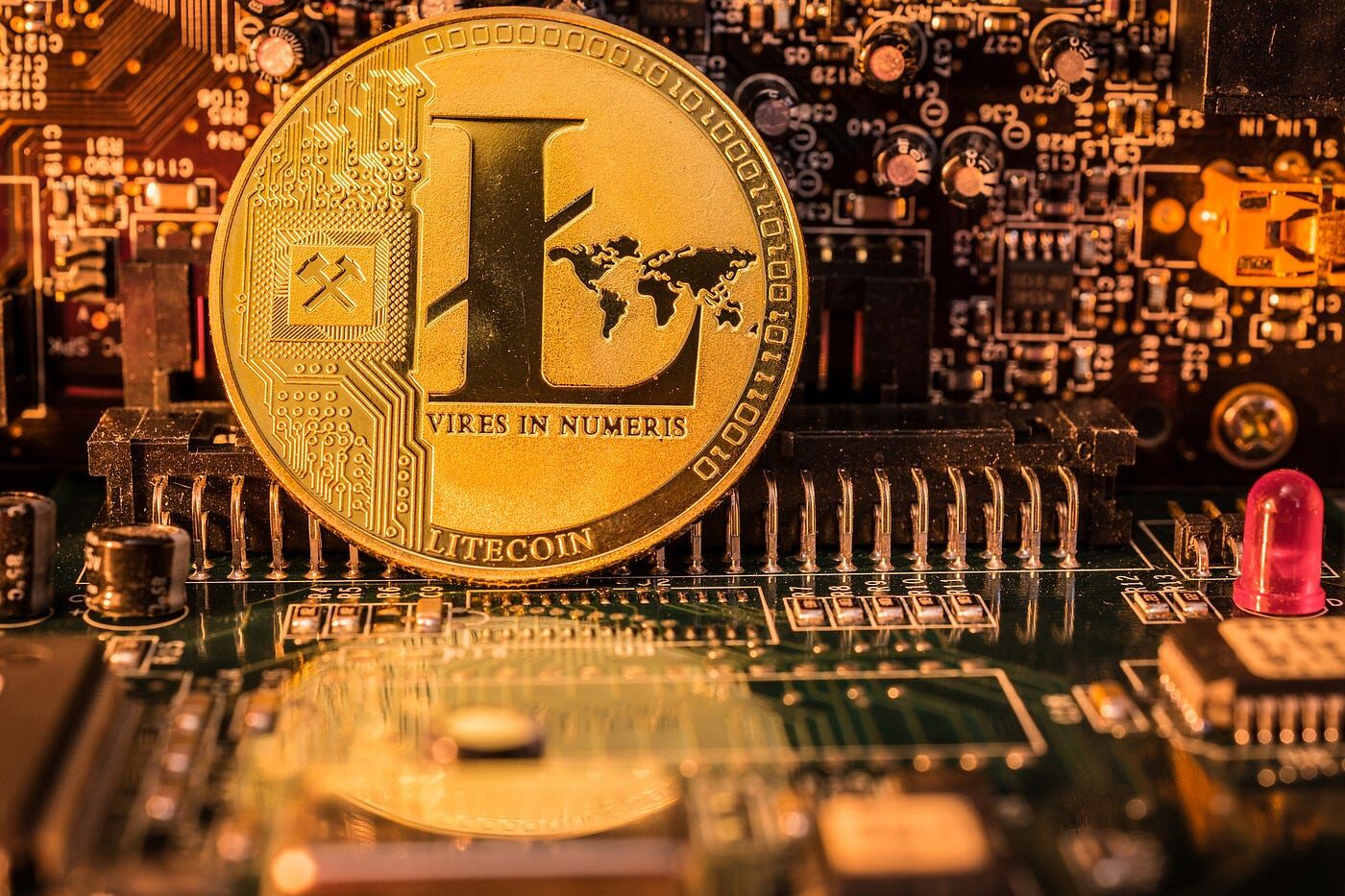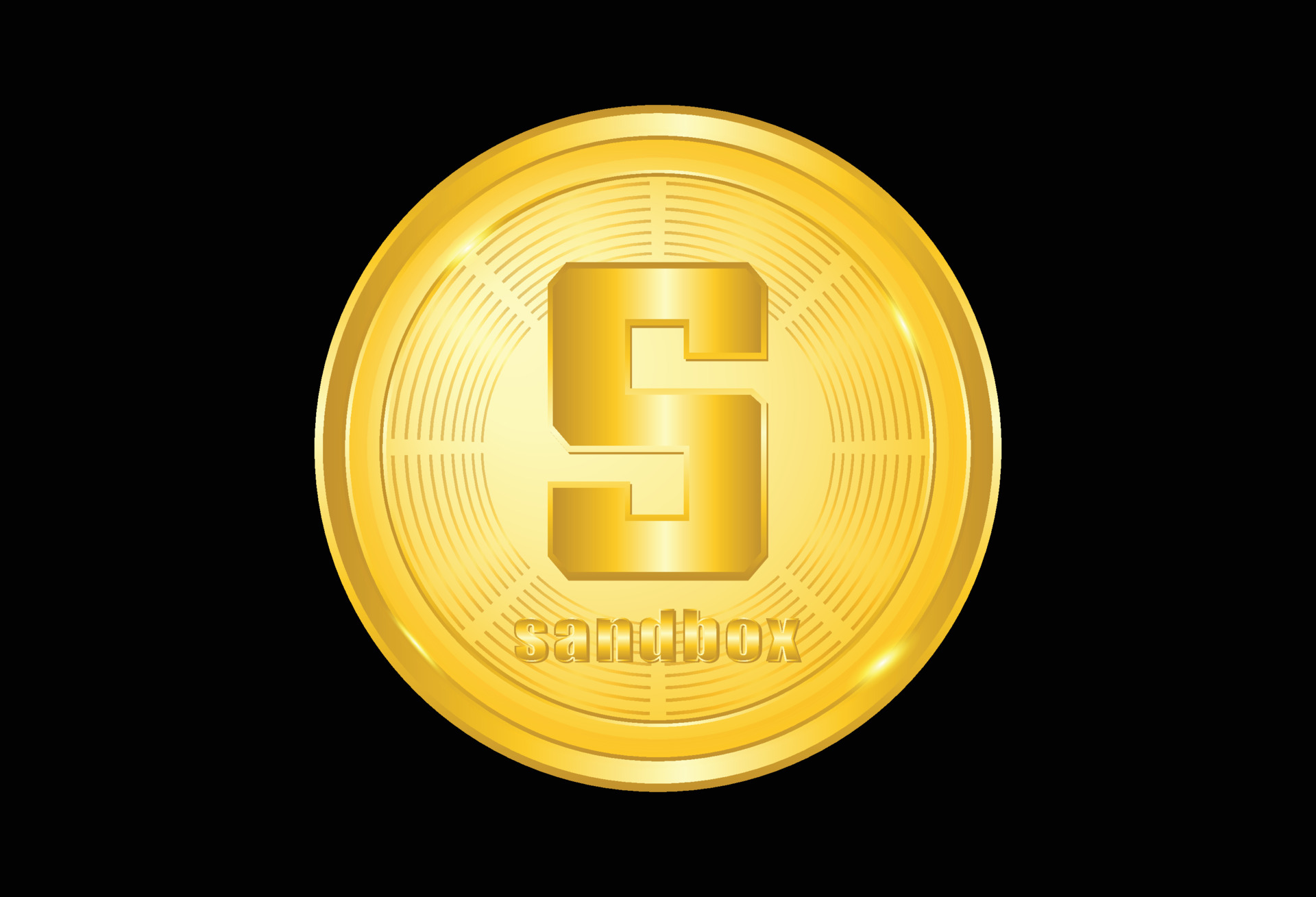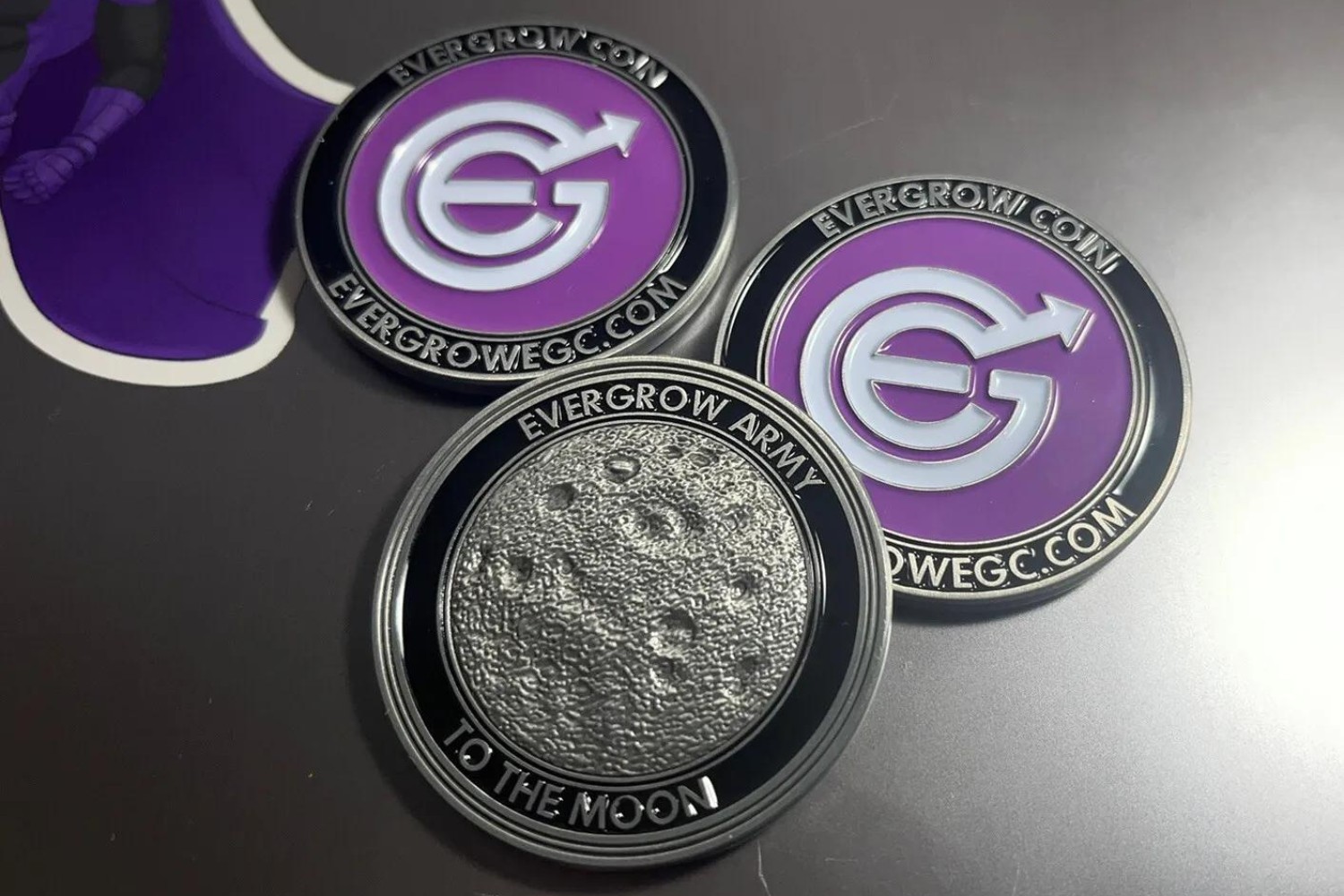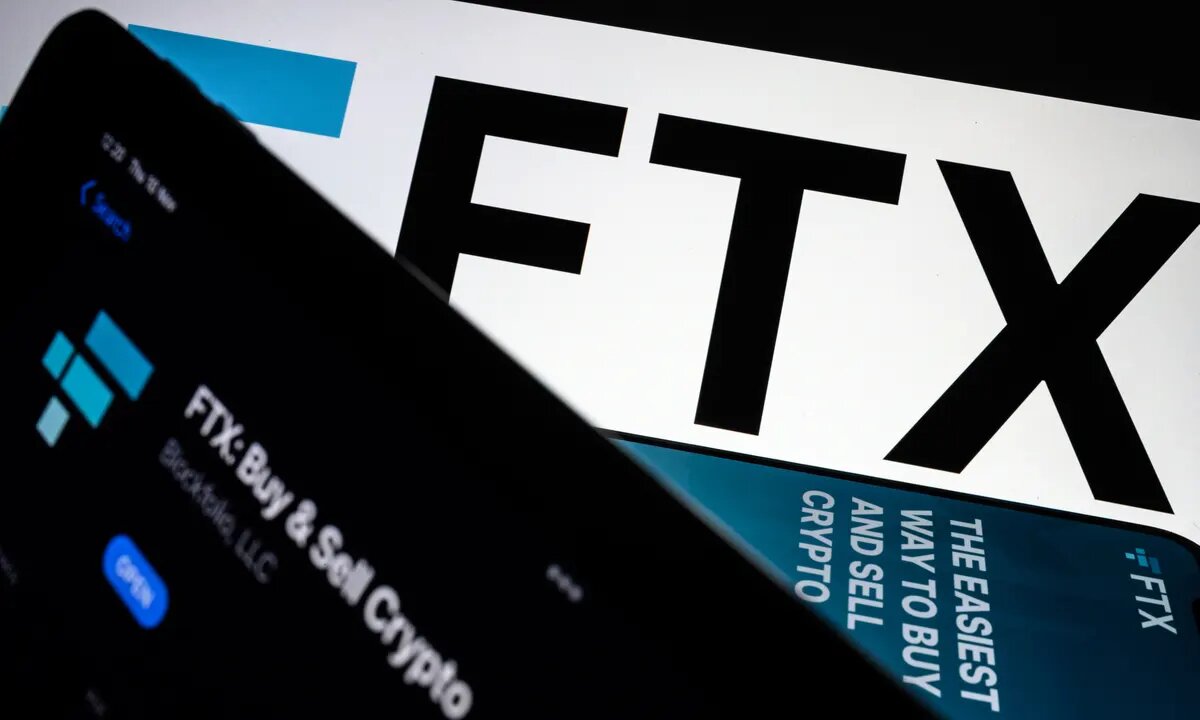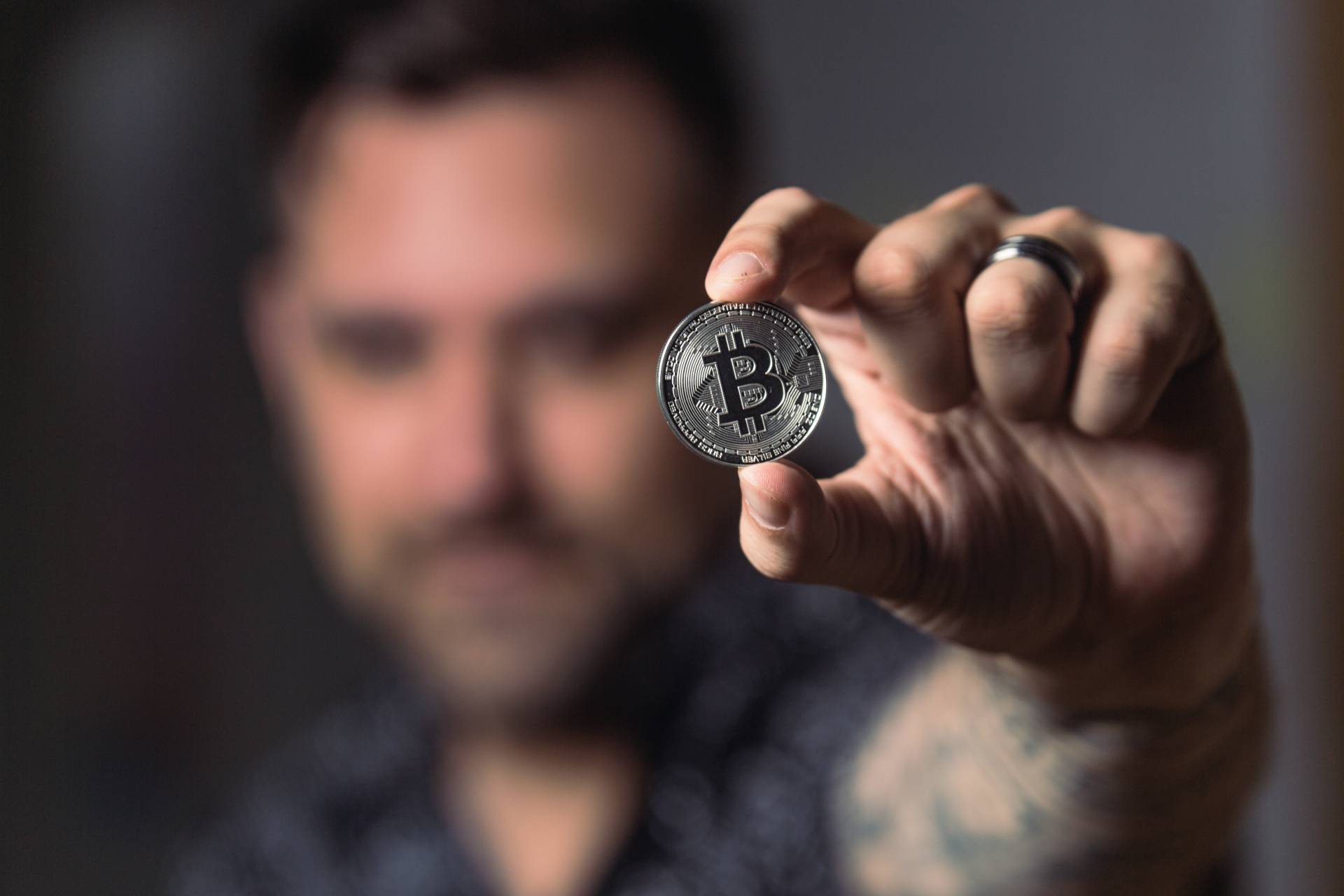Introduction
Welcome to the world of cryptocurrency and blockchain technology. In recent years, we have witnessed the rise of numerous cryptocurrencies, each with its own unique features and benefits. One important aspect of the cryptocurrency ecosystem is the creation of crypto tokens.
Crypto tokens have gained popularity due to their versatility and ability to serve various purposes within a blockchain network. Whether you are a business looking to raise funds through an Initial Coin Offering (ICO) or a developer aiming to create a digital asset for a specific application, understanding how to create a crypto token is crucial.
In this article, we will guide you through the process of creating a crypto token, covering everything from understanding blockchain technology to setting up wallets and accounts, defining token specifications, and managing the token ecosystem.
Before diving into the technical aspects, let’s briefly explore what a crypto token is and how it differs from a cryptocurrency.
A crypto token, also known as a digital token, is a representation of a real or virtual asset on a blockchain network. It can represent anything from utility tokens used to access services within a platform to asset-backed tokens representing ownership of physical assets. Unlike cryptocurrencies, which function as a medium of exchange, crypto tokens have additional functionalities and can serve various purposes within a specific ecosystem.
Now that we have a basic understanding of what crypto tokens are, let’s delve deeper into the world of blockchain technology and its role in token creation.
What is a Crypto Token?
In the world of blockchain technology, a crypto token is a type of digital asset that represents a specific value or utility within a given blockchain network. It is created and managed using smart contracts, which are self-executing contracts with the terms of the agreement directly written into code.
Unlike cryptocurrencies such as Bitcoin or Ethereum, which have their own standalone blockchain networks, crypto tokens are typically built on existing blockchain platforms that offer more extensive capabilities. These platforms, such as Ethereum, Binance Smart Chain, or EOS, provide a foundation for developers to create and deploy their own tokens.
A crypto token can serve various purposes, depending on the specific ecosystem it belongs to. Some common types of crypto tokens include:
- Utility Tokens: These tokens are designed to grant access or enable certain functionalities within a blockchain platform. For example, they can be used to pay for services, access specific features, or participate in decentralized governance.
- Security Tokens: These tokens represent ownership or investment in a company or project and are subject to securities regulations. They provide holders with rights and entitlements, such as dividends, profit-sharing, or voting privileges.
- Asset-backed Tokens: These tokens represent ownership of physical assets, such as real estate, gold, or artwork. Each token is backed by a specific asset, providing holders with fractional ownership and the ability to trade or transfer ownership digitally.
- Stablecoins: These tokens are designed to maintain a stable value by pegging them to a reserve asset, such as a fiat currency like the US Dollar or a commodity like gold. Stablecoins provide stability and serve as a reliable medium of exchange within the crypto ecosystem.
The creation of a crypto token involves defining its characteristics, such as its name, symbol, total supply, decimals, and any additional functionalities or restrictions. Tokens can be created with specific rules, such as a maximum supply, lock-up periods, or token burning mechanisms.
Overall, crypto tokens enable the creation of diverse digital assets that can be utilized in various ways within blockchain ecosystems. Understanding the different types of crypto tokens and their functionalities is essential when embarking on the journey of token creation.
Understanding Blockchain Technology
Before diving into the process of creating a crypto token, it’s crucial to have a solid understanding of blockchain technology. Blockchain is a decentralized and distributed ledger technology that allows multiple parties to maintain and validate a shared record of transactions without the need for intermediaries.
The fundamental concept behind blockchain is that transactions are grouped into blocks, which are then linked together in a chronological order, creating an immutable chain of information. Each block contains a set of transactions, a unique identifier (hash value), and a reference to the previous block, forming a secure and transparent network.
One of the key features of blockchain technology is its decentralized nature. Instead of relying on a central authority, such as a bank or government, to validate and verify transactions, blockchain utilizes a consensus mechanism that allows network participants to collectively agree on the validity of transactions.
This consensus is achieved through various algorithms, such as Proof of Work (PoW) or Proof of Stake (PoS), which ensure the integrity and security of the blockchain network. These algorithms require participants, known as miners or validators, to invest computational power or stake their tokens to validate transactions and add them to the blockchain.
The decentralized nature of blockchain technology provides several benefits, including increased security, transparency, and immutability. Once a transaction is recorded on the blockchain, it becomes nearly impossible to alter or tamper with, ensuring the integrity of the data.
In the context of creating a crypto token, blockchain technology serves as the underlying infrastructure that supports the token’s issuance, transfer, and overall functionality. Tokens are created as smart contracts on a blockchain platform, utilizing the platform’s specific features and capabilities.
Understanding how blockchain works and its potential use cases is essential when creating a crypto token. It allows you to harness the power of decentralized technology, ensuring the transparency, security, and trustworthiness of your token ecosystem.
Choosing the Right Blockchain Platform
When it comes to creating a crypto token, choosing the right blockchain platform is a crucial decision. Each platform offers unique features, capabilities, and trade-offs that can significantly impact the functionality and success of your token.
One of the most popular and widely used blockchain platforms for token creation is Ethereum. Ethereum is known for its robust smart contract functionality, which allows developers to create complex decentralized applications (DApps) and issue ERC-20 tokens.
ERC-20 tokens are fungible tokens that comply with a specific set of rules and standards, making them easily interchangeable and compatible with various wallets and exchanges. These tokens have played a significant role in the boom of Initial Coin Offerings (ICOs) and the growth of the decentralized finance (DeFi) ecosystem.
If you are looking for a more scalable and cost-effective option, you might consider Binance Smart Chain (BSC). Binance Smart Chain is a blockchain platform built by the popular cryptocurrency exchange Binance. It offers high transaction throughput and lower fees compared to Ethereum, making it suitable for projects with high transaction volumes.
Other blockchain platforms worth exploring include EOS, TRON, and NEO, each with its own set of features and advantages. It’s essential to evaluate the scalability, security, community support, and development tools provided by each platform before making a decision.
When choosing a blockchain platform, consider factors such as:
- Scalability: Can the platform handle the anticipated transaction volume and growth of your token ecosystem?
- Security: What consensus mechanism is used, and how secure is the platform against potential attacks?
- Community Support: Is there an active and vibrant community of developers and users on the platform?
- Development Tools: Are there robust development tools, documentation, and resources available to support the creation and maintenance of your token?
It’s also worth considering interoperability and the ability to integrate with other blockchain platforms or networks. This can provide additional flexibility and expand the reach of your token ecosystem.
Ultimately, choosing the right blockchain platform requires careful consideration of your project’s specific needs, goals, and target audience. By selecting a platform that aligns with your requirements and resources, you set a strong foundation for the successful creation and deployment of your crypto token.
Setting Up Wallets and Accounts
Once you have chosen the blockchain platform for your crypto token, the next step is to set up wallets and accounts to interact with the platform and manage your tokens. Wallets serve as digital wallets that store and manage your cryptographic keys, allowing you to send, receive, and store your tokens securely.
There are different types of wallets available, each with its own level of security and convenience:
- Software Wallets: These wallets are software applications that can be installed on your computer, smartphone, or tablet. They offer convenience and accessibility, but it’s important to choose a reputable wallet provider and take measures to secure your device and backup your keys.
- Hardware Wallets: Hardware wallets are physical devices that store your private keys offline, providing an extra layer of security. They are often regarded as the most secure option for storing your tokens, as they protect your keys from online threats.
- Web-based Wallets: Web-based wallets are hosted online and can be accessed through a web browser. They provide convenience but may come with security risks. It’s essential to choose a trusted wallet provider and enable two-factor authentication (2FA) for added security.
- Paper Wallets: Paper wallets involve printing out your private keys and storing them in a physical form. While they offer a high level of security as they are not connected to the internet, it’s crucial to keep them safe from physical threats like fire or theft.
Additionally, when setting up wallets, it’s essential to follow proper security practices:
- Generate strong and unique passwords to protect your wallets.
- Regularly update your wallet software to ensure you have the latest security patches.
- Enable any additional security features provided by the wallet, such as multi-factor authentication.
- Backup your wallet’s recovery phrase or private keys in a secure offline location.
- Be cautious of phishing attempts and only access your wallets through official channels.
Once you have set up your wallets, you will need to create accounts on the chosen blockchain platform. These accounts, often referred to as addresses or public keys, are used to send and receive tokens. Each account is associated with a unique address and a corresponding private key, which is used to sign transactions.
It’s important to keep your private keys secure and never share them with anyone. Losing your private key can result in permanent loss of access to your tokens. Consider practices such as encrypting your private keys and storing them in separate secure locations.
By setting up wallets and accounts correctly and following proper security measures, you ensure the safe storage and management of your crypto tokens, allowing you to participate actively in the token ecosystem.
Defining Token Specifications
Once you have set up your wallets and accounts, the next step in creating a crypto token is defining its specifications. These specifications will determine the characteristics and functionalities of your token, such as its name, symbol, total supply, decimals, and any additional features or restrictions.
Let’s explore some of the key specifications that you need to define when creating a crypto token:
- Name: Choose a unique and descriptive name for your token. It should reflect the purpose or nature of your token.
- Symbol: A symbol is a shorter abbreviation or code used to represent your token. It is often depicted with two or three uppercase characters.
- Total Supply: Determine the total number of tokens that will ever exist. This number can be fixed or have a maximum limit.
- Decimals: This specification determines the divisibility of your token. It defines the number of decimal places that can be used to represent fractional amounts of your token.
- Token Type: Decide whether your token will be fungible or non-fungible. Fungible tokens can be easily exchanged with one another, while non-fungible tokens represent unique assets with individual properties.
- Additional Features: Consider any additional features or functionalities you want to add to your token. For example, you may want to include a lock-up period for certain tokens or implement a token burning mechanism.
- Regulatory Compliance: If applicable, ensure that your token complies with any legal or regulatory requirements in your jurisdiction.
Defining your token specifications is crucial as it determines how your token will function within the ecosystem. It also influences how users and investors perceive and interact with your token.
It’s worth noting that depending on the blockchain platform you choose, there may be specific token standards or templates available. These standards, such as ERC-20 for Ethereum, define a set of rules and functions that make your token compatible with wallets, exchanges, and other applications.
When defining your token specifications, consider your project’s goals, target audience, and the purpose of your token. Ensure that your specifications align with your overall vision and objectives.
By clearly defining your token specifications, you establish the foundation for creating a token that meets your project’s requirements and provides value to its users within the blockchain ecosystem.
Token Distribution and Allocation
Token distribution and allocation play a crucial role in the creation of a crypto token. How and to whom you distribute your tokens can impact the adoption, value, and overall success of your token ecosystem. It’s important to carefully plan and execute a well-defined token distribution strategy.
Let’s explore some key considerations when it comes to token distribution and allocation:
- Initial Token Sale: Many projects opt to conduct an initial token sale, such as an Initial Coin Offering (ICO) or token sale event, to raise funds and distribute tokens to early investors. This sale can be public, allowing anyone to participate, or private, targeting specific qualified investors.
- Airdrops: Airdrops involve distributing a certain amount of tokens to existing token holders or to a specific target audience as a way to increase awareness and adoption of the token. Airdrops can help create a community of token holders and stimulate interest in the project.
- Partnerships and Rewards: Consider partnering with other projects, platforms, or influencers to distribute tokens as part of strategic collaborations. Additionally, rewards programs can incentivize users to engage with your token ecosystem and contribute to its growth.
- Reserves and Treasury: Allocate a portion of tokens to the project’s reserves and treasury. These tokens can be used for future development, ecosystem growth, or team incentives. Clearly define the purpose and utilization of these reserved tokens.
- Community and Staking: Encourage community participation by allocating tokens for staking, voting, or governance purposes. This can incentivize token holders to actively engage with the project and contribute to its decision-making processes.
- Gradual Release and Vesting: Consider implementing a gradual release or vesting schedule for certain token allocations, such as team tokens or advisor tokens. This helps ensure long-term commitment and alignment of interests among key stakeholders.
When determining token distribution and allocation, it’s crucial to strike a balance between fairness, market demand, and the sustainability of the token ecosystem. Consider the needs and interests of various stakeholders, including investors, users, and the project team.
Transparency is also essential. Clearly communicate the distribution plan to the community, providing updates and explanations as necessary. This fosters trust and confidence among token holders and contributes to the overall success and credibility of your project.
Ultimately, the goal of token distribution and allocation is to create a diverse, engaged, and supportive community that adds value to the token ecosystem. By carefully planning and executing a well-thought-out distribution strategy, you set the stage for a successful launch and long-term growth of your crypto token.
Creating the Token Contract
Creating the token contract is a critical step in the process of creating a crypto token. The token contract is a set of code instructions that define the rules, behaviors, and functionalities of your token on the chosen blockchain platform.
When it comes to creating the token contract, you have two options:
- Writing the Contract Code: If you have programming skills, you can write the contract code yourself using programming languages such as Solidity for Ethereum or Vyper for Binance Smart Chain. This allows for maximum flexibility and customization of your token’s functionalities.
- Using Token Templates: Alternatively, you can utilize existing token templates or frameworks that provide pre-written code for creating tokens. These templates ensure the adherence to established token standards, such as ERC-20 for Ethereum, and simplify the token creation process.
When creating the token contract, there are several key elements and functionalities to consider:
- Token Name and Symbol: Define the name and symbol of your token, which will be used to identify and represent it within the token ecosystem.
- Total Supply and Decimals: Set the total supply of your token and determine the number of decimal places it can be divided into, providing flexibility for fractional token transfers.
- Transfers and Balances: Implement functions that allow for the transfer of tokens between addresses and keep track of the token balance for each address.
- Approvals and Allowances: Include functionality to allow token holders to approve other addresses to spend tokens on their behalf, enabling more complex token interactions within decentralized applications (DApps).
- Events and Logging: Add events and logging mechanisms to track important token-related activities, enabling transparency and accountability within the token ecosystem.
- Additional Functionality: Consider adding any additional functionality specific to your token, such as token burning, time-lock mechanisms, or token minting capabilities.
While creating the token contract, it’s essential to thoroughly test and validate the code to ensure its correctness and security. Perform extensive testing, including both functional and edge case scenarios, and utilize tools such as code analyzers and test frameworks to enhance the robustness and reliability of your token contract.
It’s also recommended to have your code audited by a reputable third-party auditing firm or engage with security-focused communities to identify and address any potential vulnerabilities or risks in the contract code.
By carefully crafting and validating the token contract, you ensure that your crypto token operates as intended, providing the desired functionalities and behaviors within the blockchain ecosystem.
Testing and Deployment
Testing and deployment are crucial stages in the process of creating a crypto token. Properly testing your token and ensuring its smooth deployment are essential to ensure its functionality, security, and usability within the intended blockchain ecosystem.
Here are some key steps to consider during the testing and deployment phase:
1. Unit Testing: Conduct thorough unit testing, where individual functions and components of the token contract are tested in isolation. This helps identify any issues or bugs in the code that may affect the token’s functionality.
2. Integration Testing: Perform integration testing to ensure that different components of the token contract work together seamlessly. This involves testing how the token contract interacts with other smart contracts, wallets, and blockchain functionalities.
3. Security Audits: Engage with reputable security auditing firms or security-focused communities to conduct a comprehensive security audit of your token contract. This helps identify vulnerabilities or weaknesses that could be exploited by attackers.
4. Testnet Deployment: Before deploying your token on the mainnet, consider deploying it on a testnet, such as the Ethereum Rinkeby or Ropsten testnets. This allows you to simulate real-world conditions and test the token’s functionality and performance in a controlled environment.
5. User Acceptance Testing: Involve a select group of users or community members to participate in user acceptance testing. This provides real-world feedback on the token’s usability, functionality, and user experience. Incorporate their feedback and make necessary improvements or adjustments to the token as needed.
6. Deployment to Mainnet: Once confident in the stability and security of your token, deploy it on the mainnet of the chosen blockchain platform. This makes the token available to a wider audience and allows for real transactions and interactions.
7. Monitoring and Maintenance: After deployment, continuously monitor the token’s performance, including factors such as transaction speed, network fees, and token usage. Be proactive in addressing any issues that arise and providing ongoing support to token holders and users.
By following a rigorous testing and deployment process, you can significantly enhance the reliability, security, and functionality of your crypto token. This instills confidence in your token ecosystem and ensures a positive user experience for token holders and participants.
Security Considerations
When creating a crypto token, security should be a top priority. The decentralized and digital nature of blockchain technology makes it susceptible to various security risks and vulnerabilities. It is essential to follow best practices and take necessary precautions to safeguard the integrity and confidentiality of your token ecosystem.
Here are some key security considerations to keep in mind:
- Secure Smart Contract Development: Ensure that your token contract follows secure coding practices. Avoid common vulnerabilities such as reentrancy attacks, integer overflow/underflow, and invalid data handling. Thoroughly test your contract code and consider engaging with security auditing firms to identify and mitigate any potential vulnerabilities.
- Protect Private Keys and Wallets: Private keys are the key to accessing and managing your tokens. Safeguard your private keys by using secure wallets, implementing strong and unique passwords, enabling two-factor authentication (2FA), and considering hardware wallets for added security. Regularly backup your private keys and store them in secure offline locations.
- Vigilance against Phishing and Scams: Be cautious of phishing attempts and scams. Always verify the authenticity of websites, wallet addresses, and communication channels. Never share your private keys or enter them on suspicious platforms. Stay updated with the latest security advisories and community alerts to protect yourself and your token ecosystem.
- Network Security: Choose blockchain platforms with a strong security track record and active community support. Regularly update your software and apply security patches to protect against known vulnerabilities. Consider utilizing additional security measures such as DDoS protection, firewalls, and intrusion detection systems to safeguard your token’s network.
- Smart Contract Upgrades: Plan for the possibility of smart contract upgrades or changes in the future. Implement mechanisms within your contract code that allow for upgrades while ensuring the security and continuity of your token ecosystem. Thoroughly test and audit upgrade processes to minimize potential risks and disruptions.
- Educate Users: Provide educational resources and guidelines for your token holders and users. Educate them about security best practices, such as not revealing private keys, being cautious of suspicious requests, and securely storing their tokens. Promote community awareness and vigilance to create a safer token ecosystem.
It’s important to note that even with comprehensive security measures, risks can never be completely eliminated. Regularly assess and update your security practices to stay ahead of emerging threats and vulnerabilities. Stay informed about industry-leading security practices and engage with security-focused communities to learn from their experiences and insights.
By prioritizing security and taking appropriate precautions, you can enhance the trust and confidence of your token holders, foster a secure and resilient token ecosystem, and protect the value of your crypto token.
Managing the Token Ecosystem
Managing the token ecosystem is an ongoing process that involves overseeing various aspects of your crypto token’s operation, growth, and community engagement. Effectively managing your token ecosystem ensures its stability, value, and long-term success.
Here are some key considerations when it comes to managing the token ecosystem:
- Community Engagement: Build and nurture an active and engaged community around your token. Foster open communication, transparency, and responsiveness to community inquiries or concerns. Engage with your community through social media, forums, and other communication channels to gather feedback, address questions, and encourage participation.
- Market Liquidity: Liquidity is essential for a vibrant token ecosystem. Work towards establishing trading pairs for your token on reputable exchanges, providing easy access for users to buy and sell your token. Monitor and support liquidity initiatives such as liquidity mining or incentivizing market makers to ensure adequate liquidity for your token.
- Token Economics: Continuously evaluate and refine the economic model of your token. This includes factors such as token supply, inflation/deflation mechanisms, token burns, and rewards. Strive for a balanced token economics model that fosters stability, utility, and value appreciation for all token holders.
- Governance and Decision-Making: Implement a governance framework to allow token holders to participate in decision-making processes. This can include voting mechanisms for key decisions or proposals related to the token ecosystem. Foster a culture of decentralized decision-making and community empowerment to create a sense of ownership among token holders.
- Partnerships and Integrations: Explore partnerships with other projects, platforms, or organizations that align with your token’s objectives. Collaborations can broaden the reach and utility of your token, expanding its use cases and attracting new users. Integration with other platforms or dApps can also accelerate the adoption and acceptance of your token.
- Regulatory Compliance: Stay updated with regulatory requirements and ensure compliance with relevant laws and regulations. Understand the legal landscape surrounding the use and distribution of your token and take the necessary measures to address any compliance obligations.
- Education and Awareness: Invest in educating the market and potential users about the benefits, use cases, and value proposition of your token. Provide educational materials, tutorials, and case studies to increase awareness and understanding of your token ecosystem’s potential. Actively participate in conferences, webinars, and industry events to showcase your token’s unique features and benefits.
Continuous monitoring, analysis, and adaptation are vital to effectively manage your token ecosystem. Stay informed about market trends, user feedback, and emerging technologies that can shape the future of your token. Regularly assess and refine your strategy to align with evolving market dynamics and community needs.
By actively managing and nurturing your token ecosystem, you create a robust, vibrant, and valuable ecosystem that attracts and retains users, fosters community growth and engagement, and generates sustainable value for all stakeholders.
Conclusion
Congratulations! You have now gained a comprehensive understanding of how to create and manage a crypto token. We have explored various aspects, starting from the basics of crypto tokens and blockchain technology to choosing the right blockchain platform, setting up wallets and accounts, defining token specifications, and managing the token ecosystem.
Creating a crypto token requires careful planning, attention to detail, and a focus on security. By following best practices in token creation, conducting thorough testing, and implementing robust security measures, you can ensure the integrity and reliability of your token ecosystem.
Remember that effectively managing the token ecosystem is an ongoing task. Continuously engage with your community, foster market liquidity, evaluate your token economics, and adapt to regulatory requirements. By actively managing and nurturing your token ecosystem, you can create a thriving and valuable ecosystem that attracts users, drives innovation, and generates sustainable growth.
As the crypto industry continues to evolve, keep yourself informed about new developments, emerging technologies, and market trends. This knowledge will help you stay ahead and seize opportunities to enhance your token ecosystem’s success.
Creating and managing a crypto token is an exciting journey that requires careful planning, technical expertise, and community engagement. By employing the knowledge and insights gained from this guide, you are well-equipped to embark on this venture with confidence and achieve your goals in the dynamic world of cryptocurrencies.







